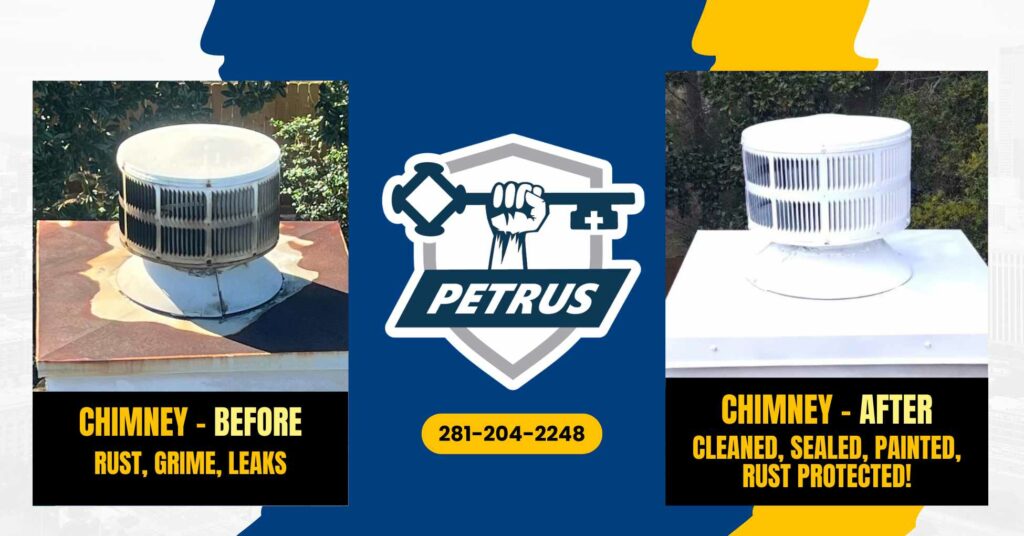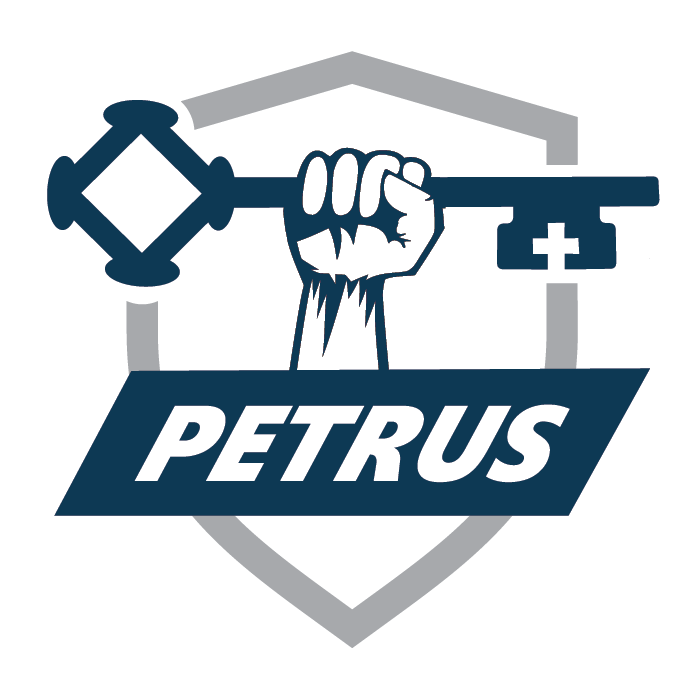Ugly may mean “Unhealthy”

Outside of Christmas mantles, chimneys don’t get a lot of love in Houston. Take a look at your chimney and the pipe jacks sticking out of your roof. Are they ugly looking? That may mean dirt, which is no big deal, or it may mean rust, which is a very big deal!

